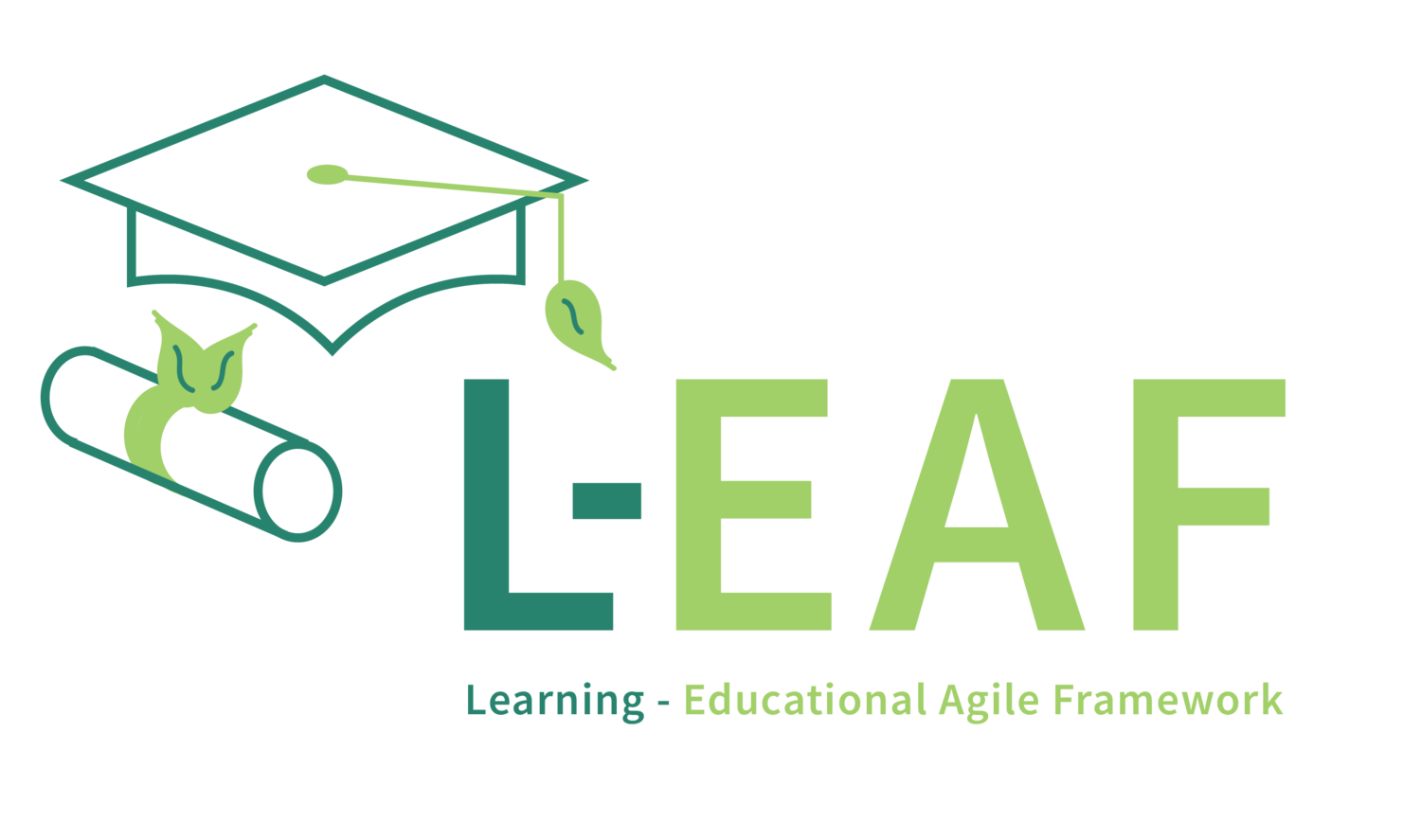Retrospection: Reflecting and Refining the Learning Journey with LearningFLOW
Having completed the cycle of Planning, Refinement, Risk Management, Collaboration, and Demonstration, student teams leveraging LearningFLOW embark on the final stage of retrospection. This practice provides a dedicated time for students to reflect on their learning experience, identify areas for improvement, and brainstorm innovative approaches for the next learning iteration.
The Power of Retrospection:
Continuous Improvement: By regularly reflecting on successes and challenges, students can identify opportunities for improvement and refine their learning strategies for greater effectiveness.
Developing Metacognition: Retrospection fosters metacognitive skills, allowing students to become more aware of their learning processes, strengths, and weaknesses.
Promoting Self-Directed Learning: Through reflection, students develop a sense of ownership and responsibility for their learning, empowering them to make informed choices and navigate their learning journey independently.
Enhancing Motivation and Resilience: By acknowledging their progress and celebrating successes, students gain the motivation and resilience needed to persevere through challenges and continue striving for their learning goals.
Retrospection in Action:
Facilitated Discussions: Guide students through facilitated discussions to encourage open and honest reflection on their learning experiences.
Journaling and Self-Assessment: Encourage students to use journaling and self-assessment tools to document their progress, identify challenges, and set goals for improvement.
Feedback and Evaluation: Gather feedback from peers, teachers, and stakeholders to provide valuable insights and suggestions for improvement.
Experimentation and Innovation: Encourage students to experiment with new learning strategies and innovate their approaches based on their reflections and feedback.
By integrating retrospection into the LearningFLOW framework, student teams gain the vital ability to learn from their experiences, adapt their strategies, and continuously improve their learning outcomes. This fosters a growth mindset and empowers students to become active participants in shaping their own learning journey.
As we conclude our exploration of LearningFLOW's six team collaboration practices, we hope you have gained a valuable understanding of this powerful methodology and its potential to transform learning experiences for both teachers and students. Remember, the key to success lies in embracing the continuous cycle of planning, refinement, risk management, collaboration, demonstration, and reflection – and fostering a culture of collaboration, growth, and continuous improvement within your learning environment.
